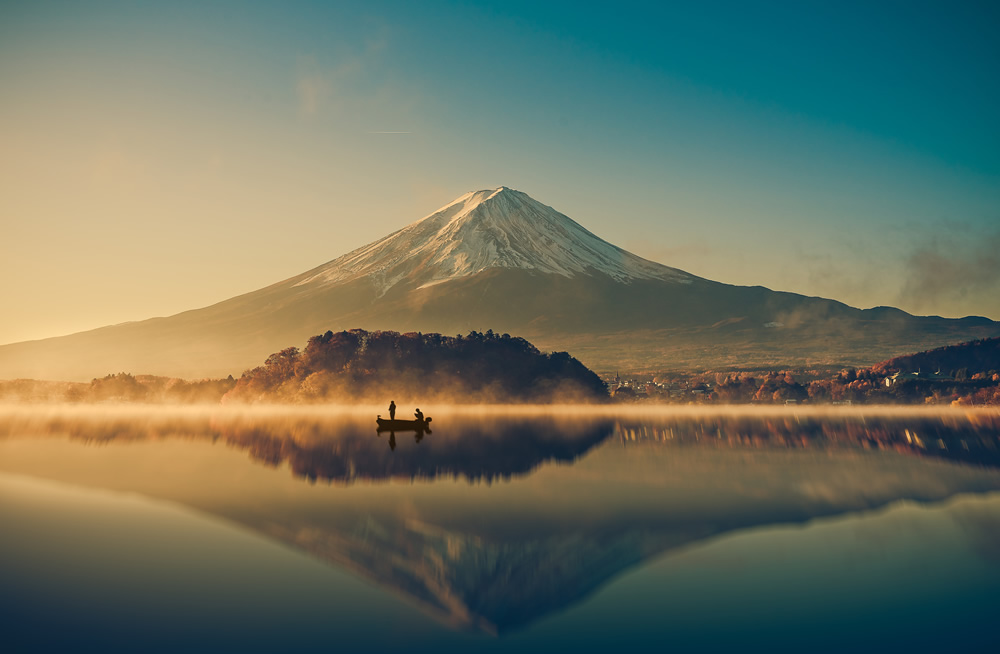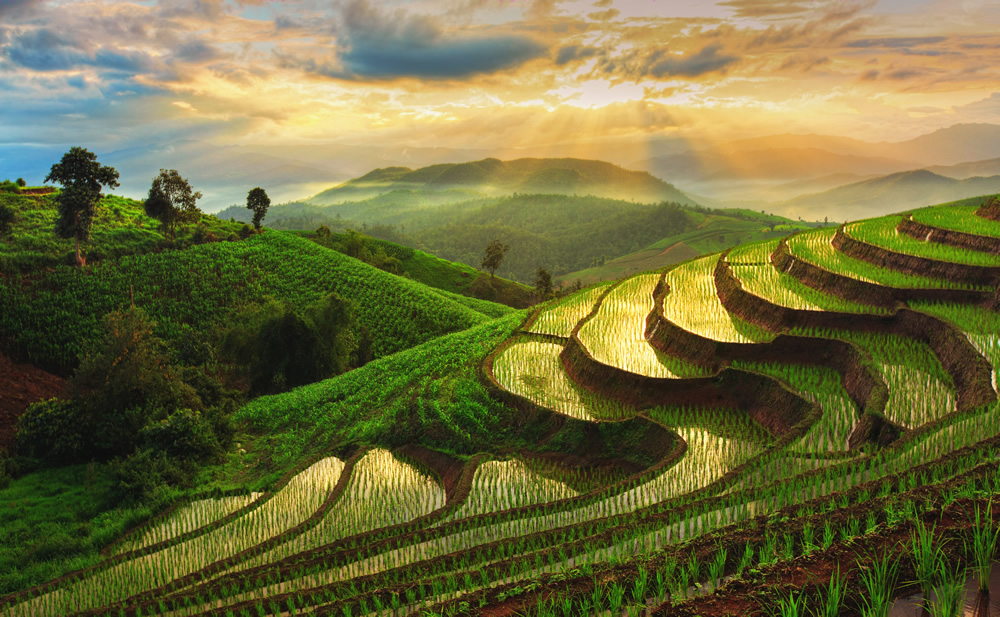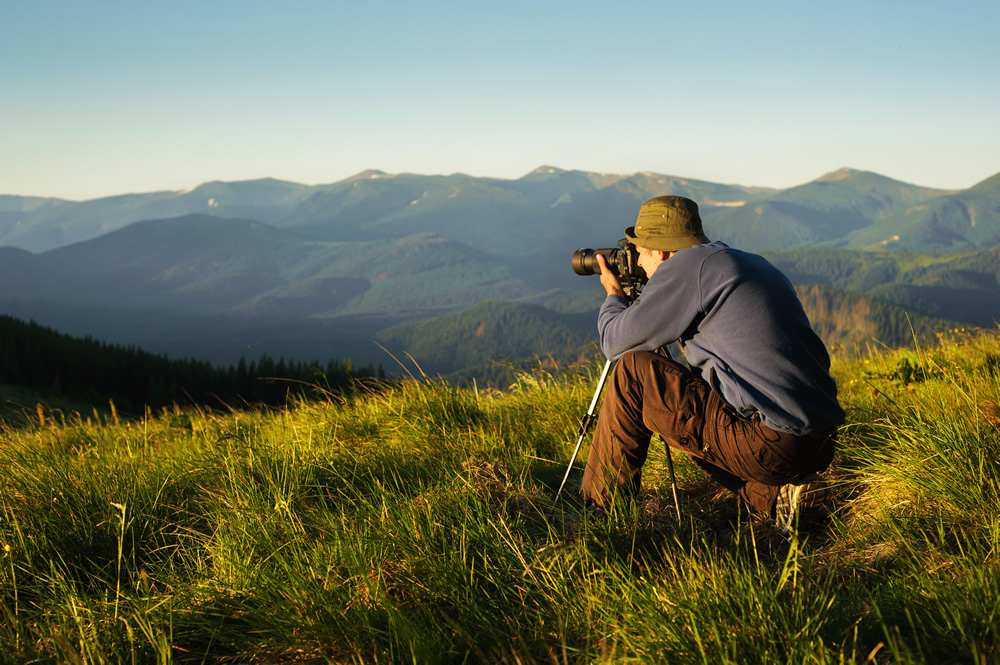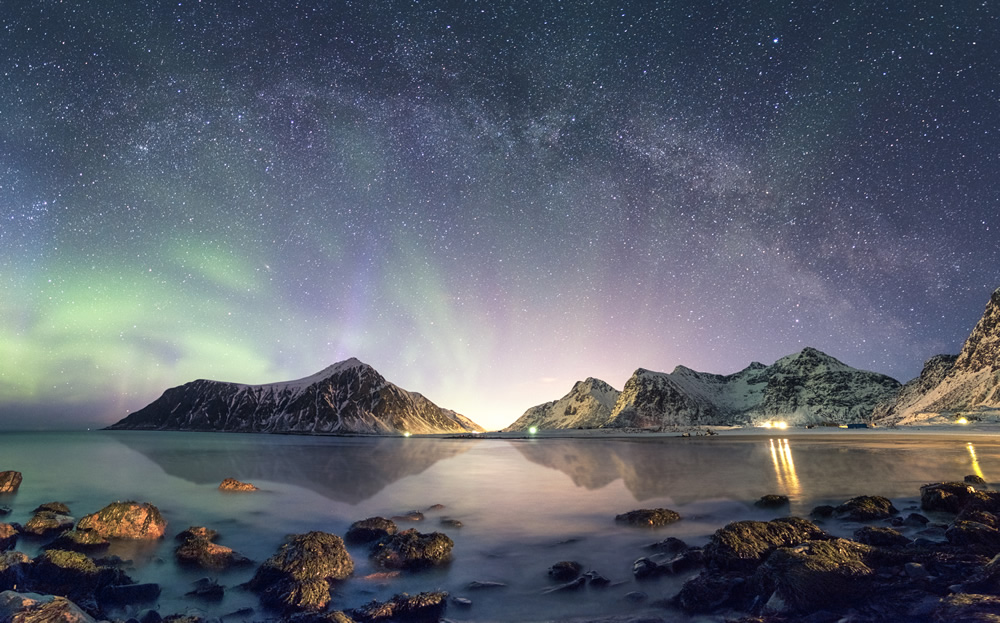Landscape photography is one of the most challenging photography styles to master. The inherent difficulty of landscape photography is because there are so many uncontrollable variables – changing weather conditions being the main challenge.
We don’t mean to discourage anyone from shooting landscapes; rather, we hope to encourage people to pick up their cameras and start capturing images of stunning landscapes. Therefore, we thought it would be helpful to give a few tips on landscape photography.

What is Landscape Photography?
Landscape photography is a form of nature photography that involves capturing images of natural scenes. Landscape photography encompasses all types of vistas – from mountain ranges to beach scenes or rural meadows.
When it comes to tips for landscape photography, there aren’t any set procedures or rules that must be followed. Instead, the main point to keep in mind is that landscape photography captures images representing the beauty and freedom that can be found in the great outdoors.

Photo Equipment for Landscape Photography
Of course, a good camera is an important consideration when starting out in landscape photography. If you’re looking to take a detailed photo of a landscape, then it makes sense to invest in a DSLR camera as that would open up the world of lenses to you.
Landscape photography tips often focus on the setting or location, but lenses are the essential factor to consider in the eyes of many camera enthusiasts. Various zoom and prime lenses are popular choices for landscape photographers.
Depending on where you are taking landscape photos and the settings you’re using, you might also choose to invest in a tripod and a remote shutter release button. Tripods and remote shutter release buttons can help find and then maintain the right frame for your photo, whilst remote shutter release buttons can help reduce camera shake.
Graduated filters are also a valuable piece of equipment for landscape photography since they can alter the light that enters the camera lens – a crucial consideration in landscape photography.

Camera Settings for Landscape Photography
The great thing about taking photos of landscapes is that you get to capture a large area and then go on to customize the picture as you see fit. Camera technology has advanced to a point where even novices can easily modify the aperture, experiment with filters, and play around with shutter speed. Also, you can edit the images with a photo size changer that helps quickly resize a picture.
Even primary cameras offer users a range of settings to choose from. But do keep in mind that the scene or frame is the most critical aspect of the photo.
Once you’ve spent some time thinking about the location and potential scene for your landscape photos, you should then consider your camera settings.
Of course, the settings you use will depend on the circumstances of your shoot. Is it a low-light shot? Is it a wide-angle or a tight zoom? A plethora of factors, including the camera you’re shooting with, will affect your choice of settings; however, there are some general tips about camera settings for landscape photography.
Ideally, you want to have the exposure mode set to manual since this will give you more control over the process—the drive mode should be single shot, as it will eliminate any possible problems.
An aperture of f/11 is ideal for landscape photography, but you can experiment and try different aperture options. For ISO, almost every landscape photographer agrees that 100 is an outstanding value. Again, the shutter speed is something you can experiment with, depending on where you are taking the picture and other factors such as light level.

Photo Techniques for Landscape Photography
As a creative landscape photographer, it’s always a good practice to use the rule of thirds when framing your photos. You need to imagine four lines, two of which are lying horizontally across the image and the other two running vertically to create a grid. This grid allows you to frame everything and even out the proportion of objects within the frame.
Try to maintain the golden ratio. The golden ratio is around 1.618 to 1. Photographers and artists have been using this ratio for centuries (many without even being aware they were) as it’s particularly pleasing to the human eye.

Summing Up
Nature photography is a challenging form of photography, but perhaps that’s what makes it appealing. To hike out into the wilderness in search of a dramatic landscape and capture that landscape in a unique, eye-catching way takes physical effort, technical know-how, and patience.
Capturing photography of landscapes does take plenty of trial and error. So don’t be discouraged if your initial adventures have less than stunning results. Instead, keep learning through experience whilst also reading up on photography tips for landscape photography.










